Fantastic beasts exist outside of our imaginations and television screens. But most of these spooky real-life monsters can’t be found in the shallow, local waters we swim in everyday. They are lurking in the deep sea. The deep sea is absent of sunlight, with crushing pressures, and near-freezing temperatures. It’s a harsh environment in which to live. To survive, these deep-sea creatures have adapted monster-like physical characteristics that help them cope with the unique conditions.
Deep-sea marine animals, like the vampire squid or ghost octopus, received their names from the scientists and explorers who encountered them in these dark and cold regions of our oceans and seas.
But unlike the fictional monsters that terrify us in scary stories or childhood nightmares, these deep-sea creatures have distinct and intriguing features, and play roles in their ecosystem that we have yet to fully understand or appreciate.
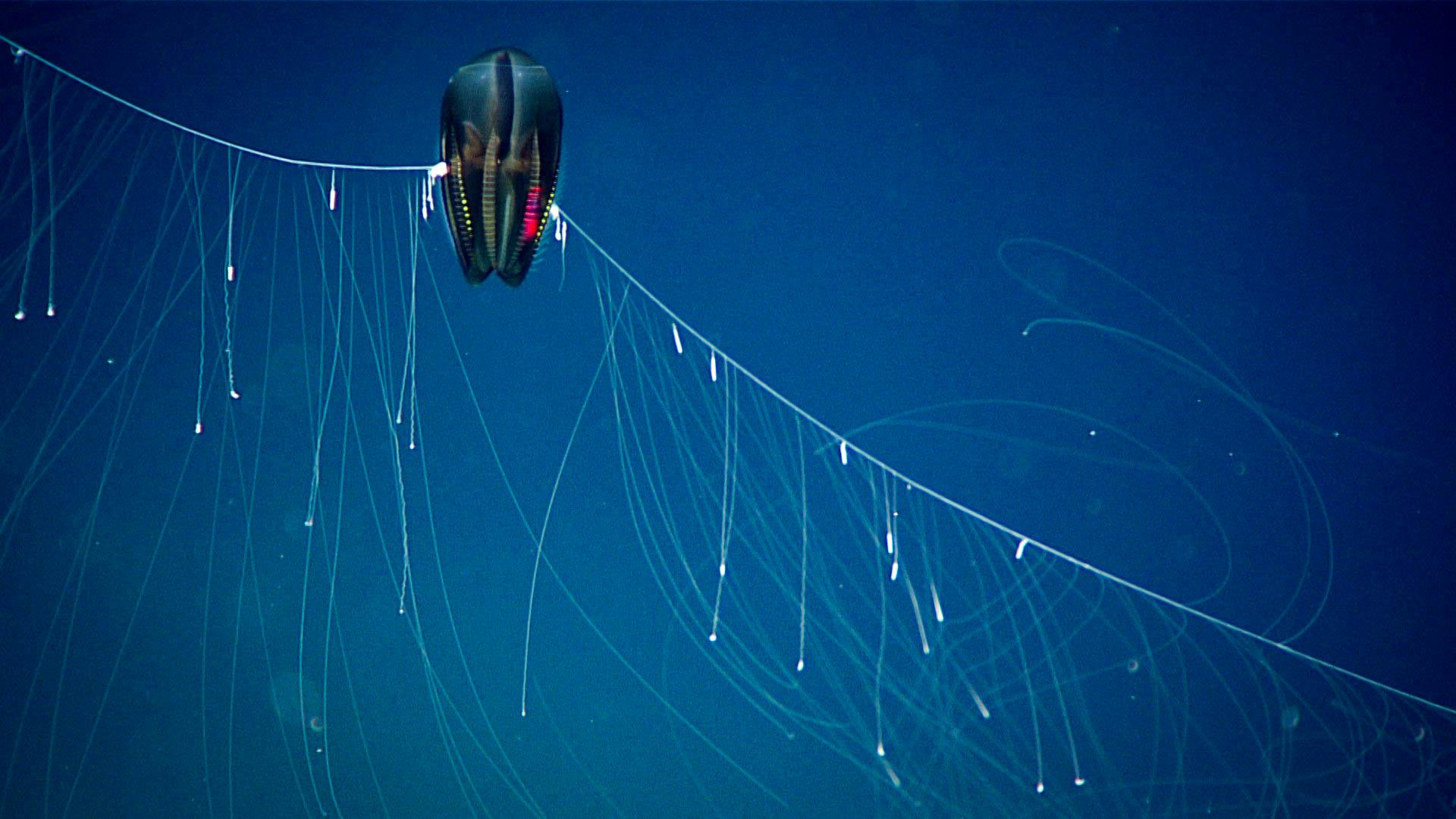
More than 60% of earth iscovered by water over 1,600m deep,making the deep-sea the largest habitat on our planet.With only0.0001%of the deep ocean that has been explored, scientists continue to study and find new species living in these depths.
In the spirit of Halloween, we shed some light on the significance of some of these fascinating deep-sea life that we seek to better understand and protect. While they may be named after some terrifying mythical creatures, you’ll find that these marine creatures may not be so scary after all:
1. Goblin Shark
Found in the open ocean as deep as 1,300 meters, goblin sharks have a special sensory system to detect and catch its prey (giving Jaws less of an edge). The goblin shark’s long, pointed snout has unique organs that can locate the electricity of other fish in its dark environment. When the goblin shark senses that its prey within reach, it extends its jaw outwards to the length of its snout and spears the fish. Although the goblin shark has fang-like teeth that are unlike many other sharks, it doesn’t cut its prey but rather swallows its dinner whole. With no predators, the goblin shark is at the top of the food chain in the deep-sea.
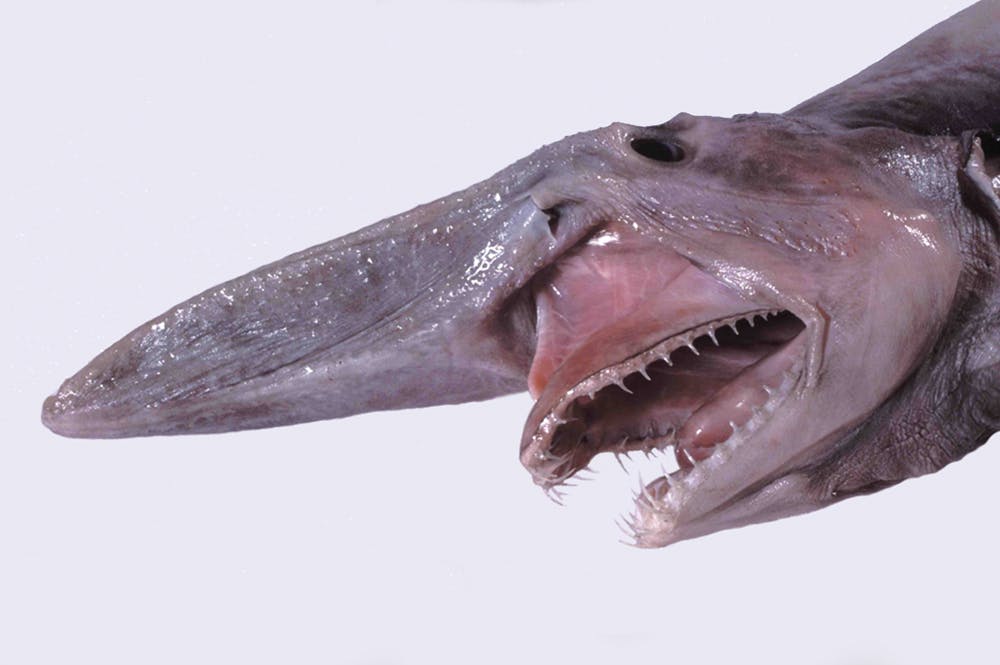
2. Vampire Squid
Meet – Vampyroteuthis infernalis – the scientific name translates into “vampire squid from Hell”. As a living relic with a lineage that goes back 165 million years in the fossil record, the vampire squid’s adaptations to the deep sea are almost unfathomable. A hybrid between a squid and an octopus, it has eight arms with light-producing organs at the tips, two long sensory filaments and a cloak-like web. The vampire squid lives in the oxygen minimum zone, where there’s very few predators due to the low concentration of oxygen in the ocean’s sea water. One of the vampire squid’s distinct adaptations is its dark colour, which makes it difficult for other creatures to see in these dark depths. When threatened, vampire squids will curl into its cape, revealing the large spines located beneath its arms to predators. Unlike the blood-sucking fictional vampires, scientists have found these cephalopods consume marine snow or non-living organisms that fall from the ocean’s surface to the seafloor.
3. The Ghost Octopus (aka Casper)
Octopods are masters of disguise and adapt quickly to their changing environments. It’s no surprise that this ghostly octopus found swimming 2.6 km deep of the Hawaiian Archipelago, was cutely nicknamed Casper for its pale, friendly look. Not only is the ghost octopus the deepest member of the incirrate octopuses to be discovered, but its reproduction method could be considered quite haunting. Casper attaches its clutch of about 30 quarter-sized eggs to a dead sponge on the seafloor, then it wraps its entire body around the clutch. The ghost octopus will remain there for about 53 months to protect the eggs. The ghost octopus doesn’t feed during this time, it wastes away until the eggs hatch and the octopus dies. Sadly, this cephalopod’s habitat is under threat from potential deep-sea mining that could destroy the reefs and would interrupt this odd octopi’s ability to reproduce.
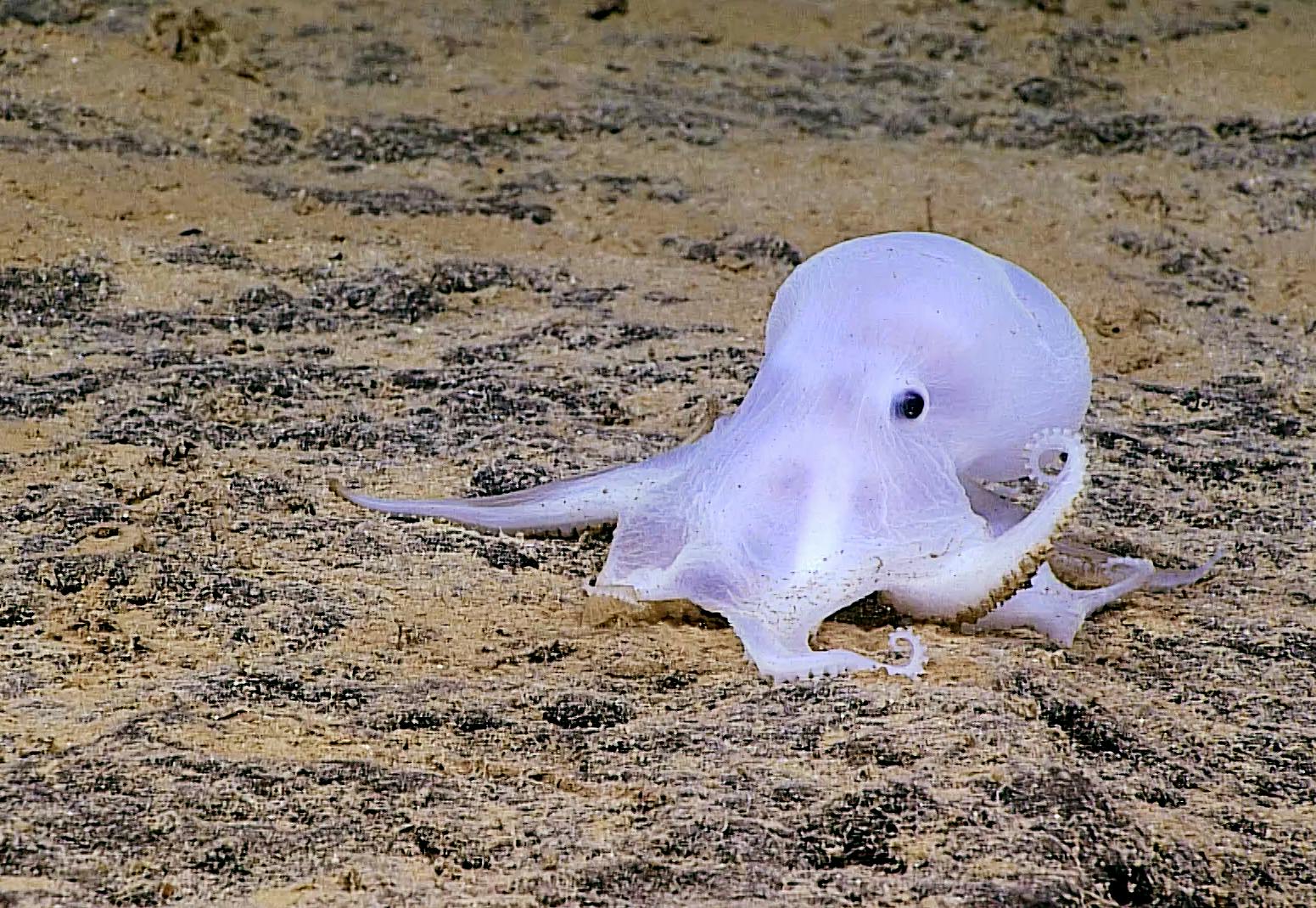
4. The Yeti Crab
Rather than found high up on the cold, Himalayan mountains, the yeti crab is found far below the ocean’s surface on the extremely hot volcanoes of the deep-sea. Like the abominable snowman it was named after, the yeti crab’s white colour and long hair-like bristles covering its walking legs and grasping claws are adaptations to the unforgivable environment where it resides. Their white bristles are a home for bacteria that live off minerals emitted from the vents. In this extreme environment they live in, the bacteria made an easy food source for the crabs to harvest with their comb-like mouthparts and eat. In 2012, the yeti crab was found on an underwater hydrothermal vent in the coldest waters on Earth: Antarctica. The waters there are so cold, that if the yeti crab does leave the waters heated by the deep-sea vent, its instantly paralyzed. By the way, the yeti crab doesn’t have any eyes.
5. Black Dragonfish
The black dragonfish isn’t fire-breathing but it does have impressive bioluminescent abilities to catch its prey. The dragonfish can emit light from its organs located along its belly to change its silhouette and bioluminescent lights next to its eyes to look for prey or send out a signal to possible mates. As for that toothy grin, it’s only the female dragonfish that have barbel chins and razor-sharp teeth, whereas the males hardly have any teeth, no digestive system, and do not eat. Another odd difference? Females can grow up to 40 cm and males are merely 5 cm. A strange coupling as the males only live long enough to reproduce. Some have even compared the black dragonfish’s otherworldly appearance to the creatures from the Alien movies.
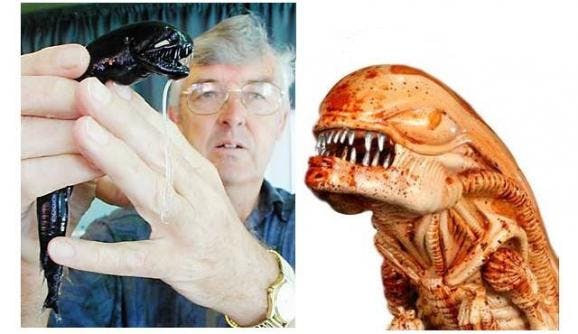
6. Witch Fish or Witch Flounder
This right-eyed flatfish had to be renamed from Witch Flounder to the Torbay Sole to avoid scaring children. The name change is also speculated to be a rebrand to make the fish sound appealing and more like the popular and pricier, Dover sole. The witch flounder has an oval shape, skin that’s rough to the touch and compressed dorals. They are found in the dim waters of the North Atlantic, most commonly in depths 100 to 400 meters deep (but some as deep as 1,600 meters) along sandy and muddy bottoms. As for their own appetite? It’s not much more appealing than a real witch’s brew and consists of crustaceans, brittlestars, and worms.
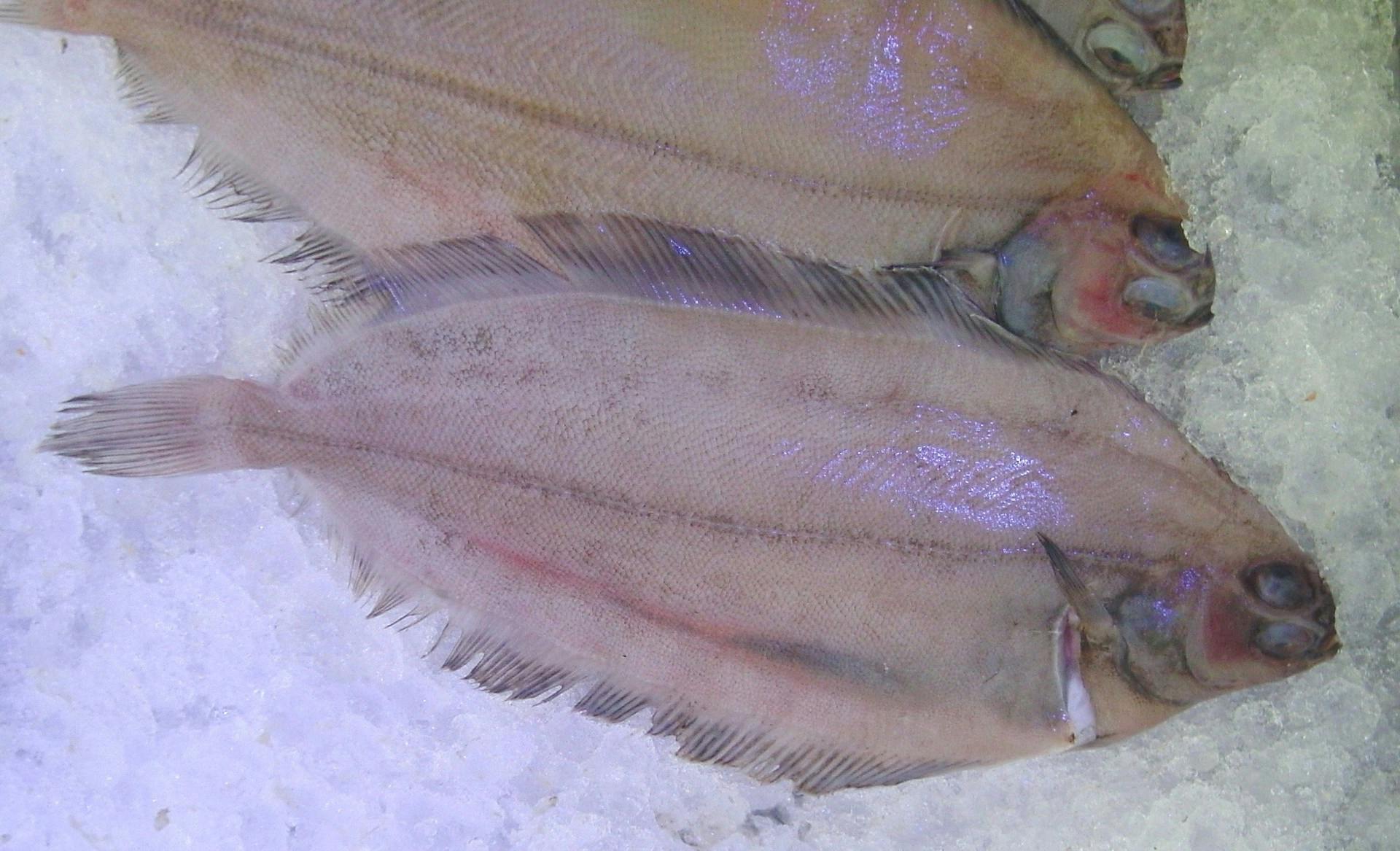
These sea monsters live in the deep, dark depths of the ocean. They are largely out of sight from us, except for chance encounters in fishing nets or deep sea exploration footage. Deep-sea creatures shed a crucial light on how life can adapt to extreme environments. Now more than ever, with climate change on the rise, it’s imperative for us to study them, lose our fear of them, and do what we can to protect this deep ocean life.
Even thousand meters below the ocean’s surface, scientists have found thathuman activities like carbon emissions, overfishing, industrialization, and pollution threatensthe survival of marine biodiversity and ecosystems. Perhaps it’s not these deep-sea creatures that are the scary ones after all.
